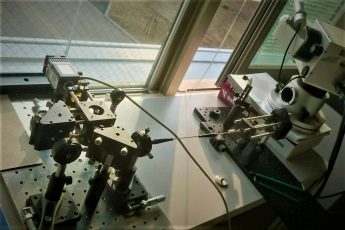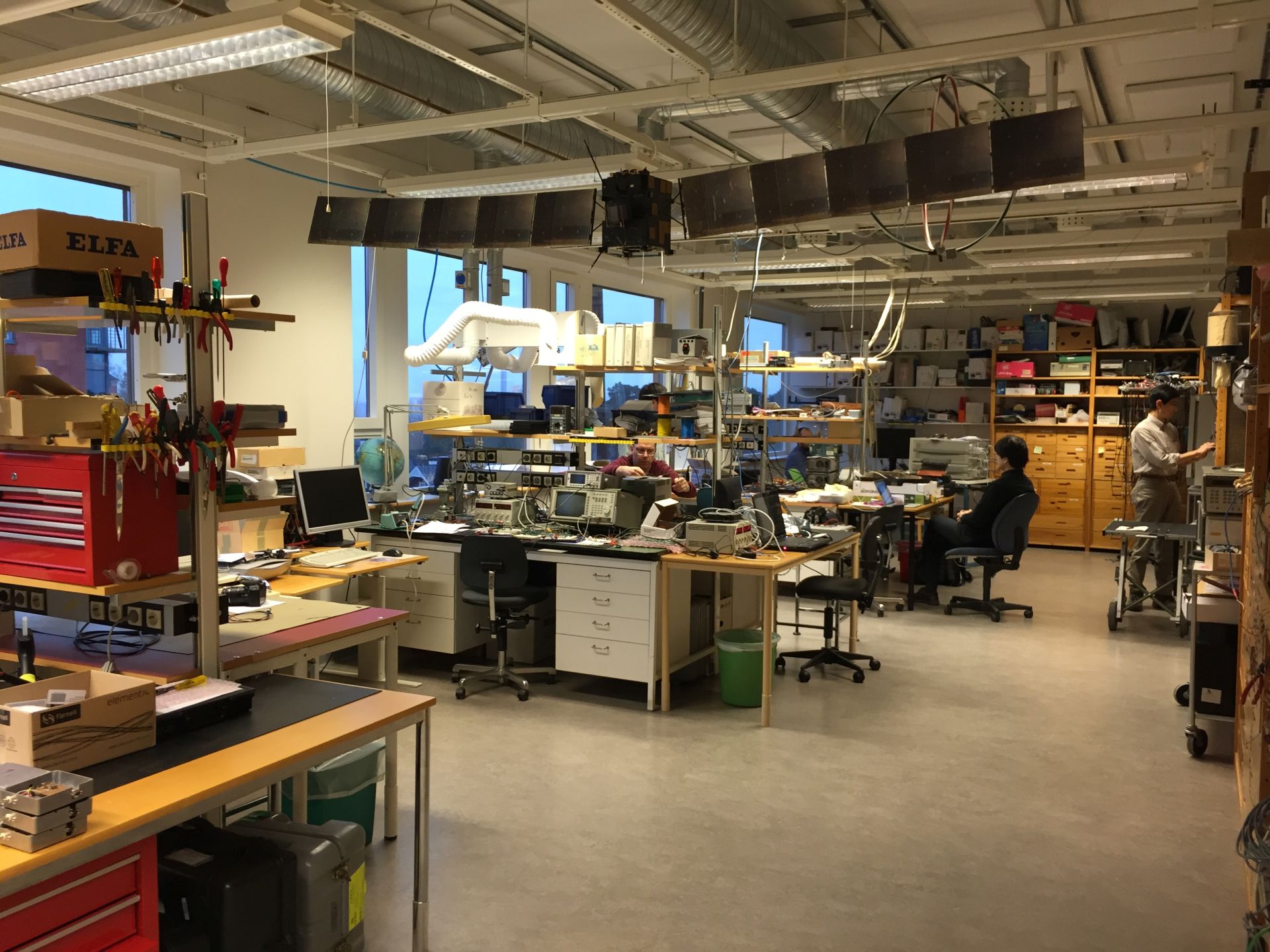Full-particle DSMC model of slow hydrodynamic escape

We are developing a full particle simulation model using the DSMC method to study the slow hydrodynamic escape of the atmosphere of an Earth-like planet.
Slow hydrodynamic escape is one of the mechanisms of atmospheric escape into space. Proxima b, which are found in the habitable zone around M-type stars, and Trappist-1, e, f, and g, which are found in the habitable zone around M-type stars, may be in a slow hydrodynamic escape state. They are also thought to have occurred on Earth and Mars in the early days of formation. The amount of atmosphere escaping by slow hydrodynamic escape is enormous, and may have been a factor in determining the direction of subsequent atmospheric evolution (warm and wet on Earth and cold and dry on Mars).
Traditionally, simulations of the slow hydrodynamic escape state of the atmosphere have been done with fluid models. We have been developing an all-particle model to solve the kinetic effects of the transition from intermolecular collision-dominated regions to free molecular flow near the exobase.
Simulation results of slow hydrodynamic escape of an Earth-like planet using the developed particle model suggest that the adiabatic cooling effect, which should occur when the atmosphere expands, is not effective near the exobase. Adiabatic cooling is the phenomenon of lowering the temperature of the air inside a wall when the volume of air trapped in the walled space increases. This is because the molecules in the wall lose kinetic energy as they push the wall. There is no wall in the atmosphere, but the surrounding atmospheric molecules act as the wall. However, near the exobase, the atmosphere is so thin that there are not enough atmospheric molecules to act as a wall. In this case, even if the atmosphere expands, it does not lose energy and the temperature is unchanged. If the adiabatic cooling effect is not sufficiently effective, the temperature of the planet’s atmosphere in the slow hydrodynamic escape state is higher than calculated by the fluid models. Also, the atmosphere would be more expansive and the volume of atmospheric escape would be larger.
(Research Scientist Kaori Terada)
Image: NASA





